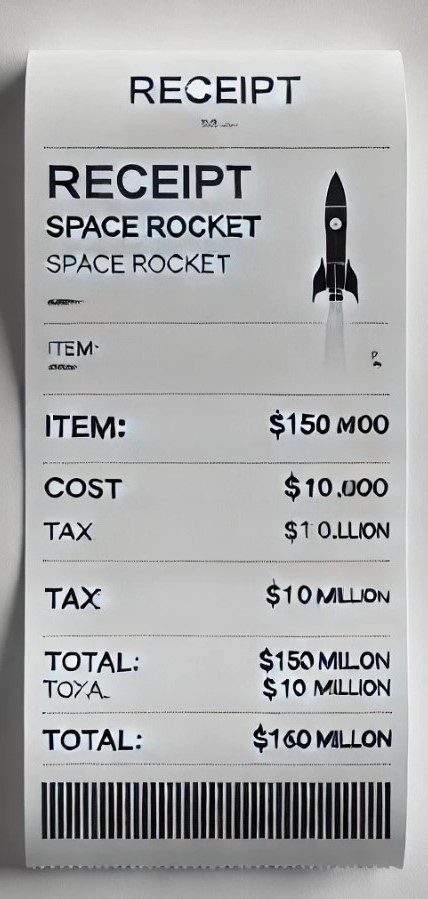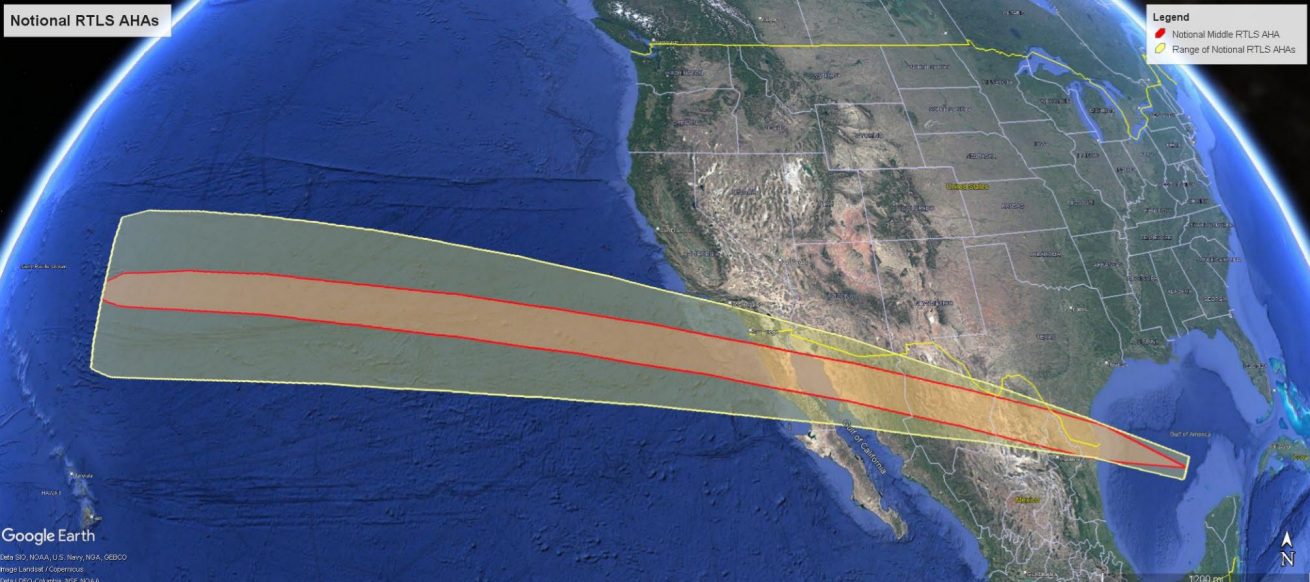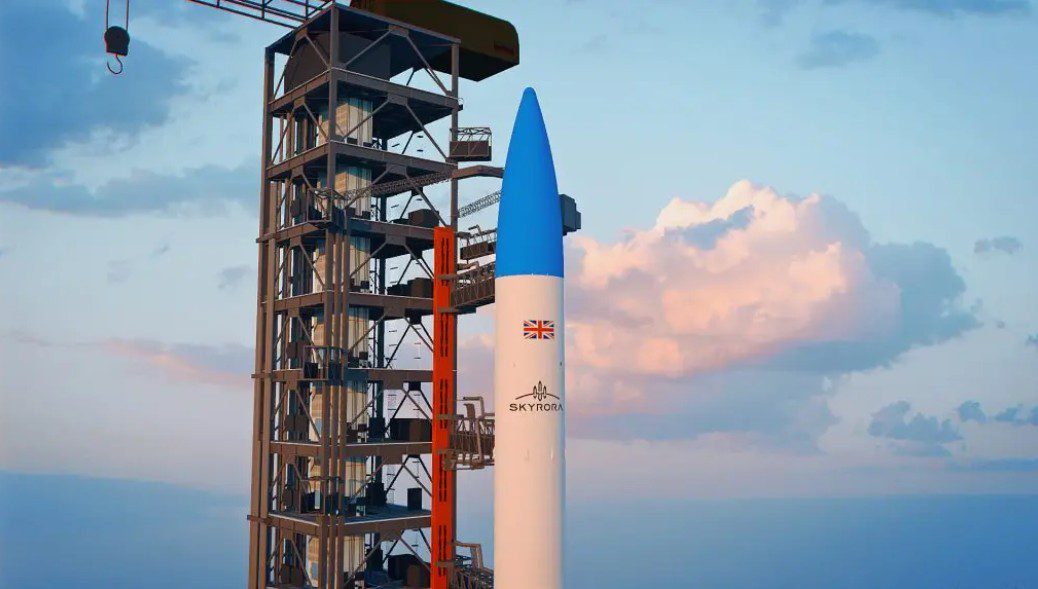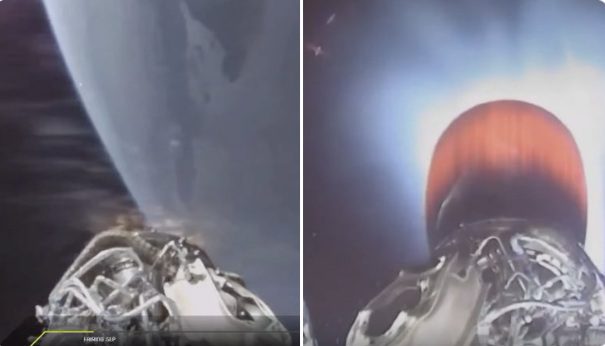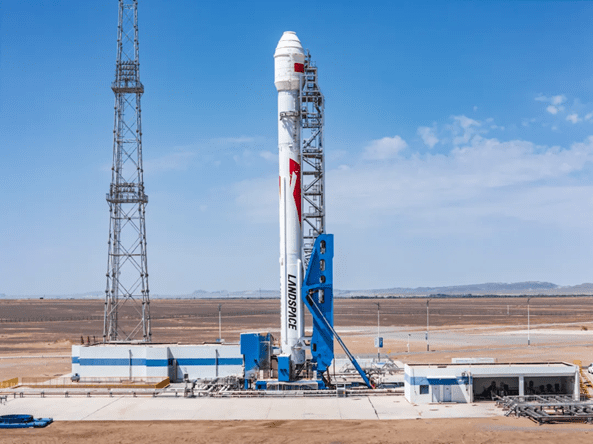Lifting-off from Kourou, French Guiana, at 0151 GMT on 22 March, an Arianespace Vega light-lift launch vehicle carried the Italian-made PRISMA (PRecursore IperSpettrale della Missione Applicativa) hyper-spectral Earth-Imaging satellite to a sun-synchronous low Earth orbit. Built by the Carlo Gavazzi Space firm, the Italian-led PRISMA satellite weighed 897 kg at launch. Owned and operated by the Italian Space Agency (ASI), PRISMA is capable of a hyperspectral 20m resolution of 20m and panchromatic resolution of 2.5 m with a swath width of between 30 and 60km. Its primary hyper-spectral sensor is able to cover 239 spectral bands. It is planned to operated for at least five years.
This launch is the first of three Vega launches scheduled for 2019 before the inaugural launch of the Vega-C vehicle in 2020. The maiden Vega-C launch was slightly delayed due to the difficulty in getting all the scheduled launches of the original Vega completed in time.
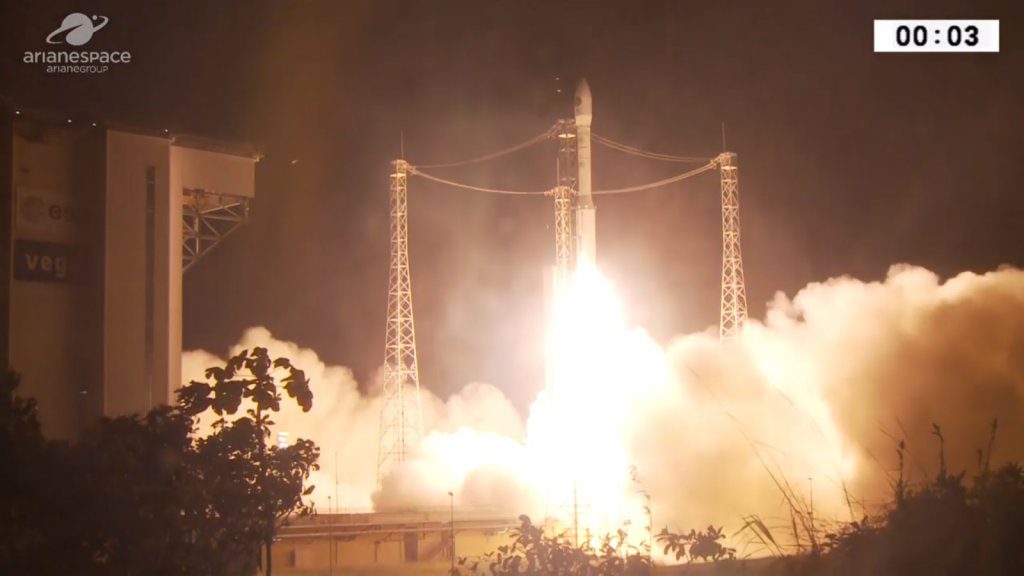
The Vega rocket lifts-off from Kourou carrying the PRISMA satellite to LEO. Courtesy of Arianespace
David Todd contributed to this story.

